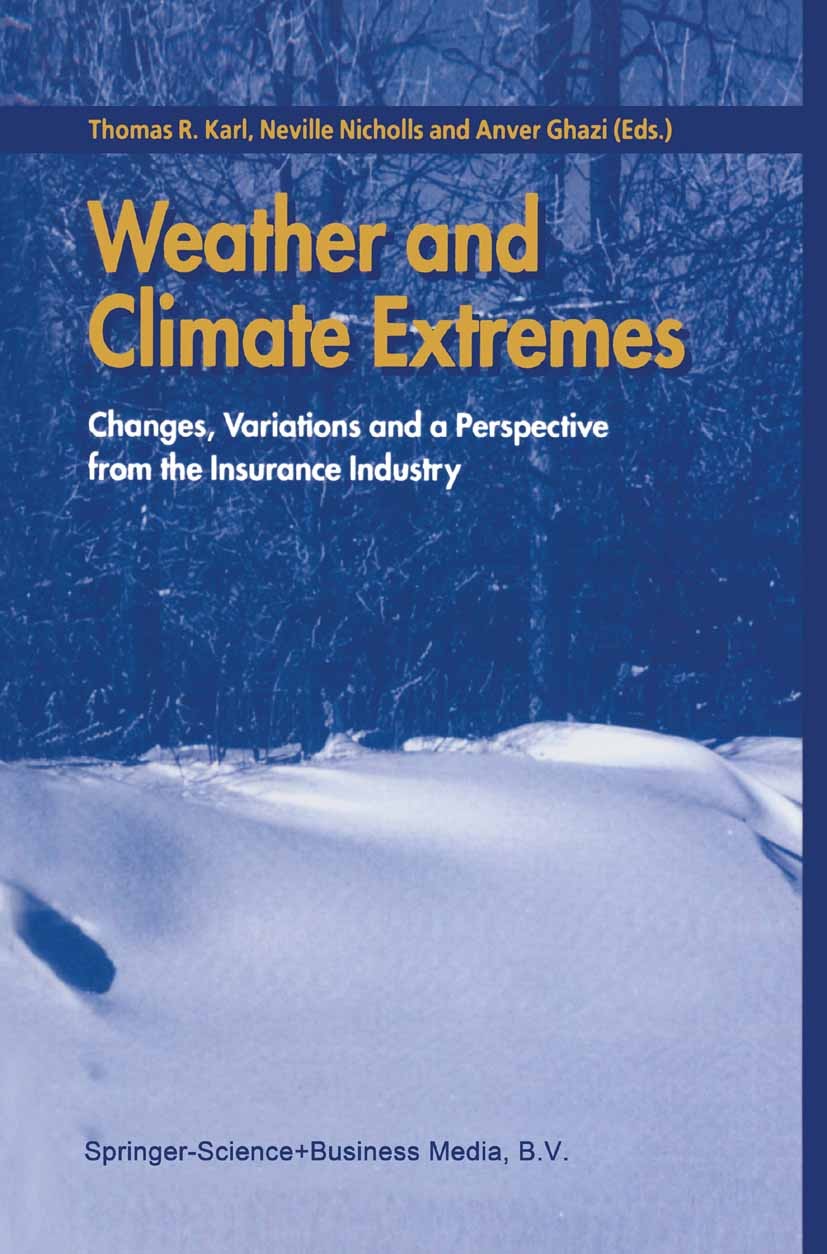Synoptic-based model for reconstructing and forecasting high-frequency sea-level extremes in the mediterranean
IF 6.9
1区 地球科学
Q1 METEOROLOGY & ATMOSPHERIC SCIENCES
引用次数: 0
Abstract
This paper evaluates the performance of a synoptic index-based model designed to predict extreme non-seismic sea-level oscillations at tsunami timescales (NSLOTTs) across 32 tide-gauge stations in the Mediterranean Sea, where NSLOTTs can contribute up to 50 % of the total sea-level range. The model employs percentile-determined threshold exceedance criteria to define extreme NSLOTT events. A part of the time series containing half of extreme NSLOTT events is used for model training, while the rest is used for performance assessing. The baseline model integrates seven synoptic variables previously identified for a known NSLOTT hotspot and available within atmospheric reanalysis products. Various model configurations and modifications were tested to evaluate adaptability and robustness in forecasting and detecting extreme NSLOTT events. Results indicate that the model success in forecasting extreme events slightly outweighs its success in detecting observed extreme events. For stations where the baseline model performs well, this proficiency remains consistent across different configurations. However, the uncertainty in model performance is greater for these stations compared to those with poorer performance, which show minimal improvement despite configuration adjustments. Sub-basin analysis reveals that tide-gauge stations located in the eastern Adriatic Sea exhibit the best performance on average. These findings provide valuable insights for optimizing the model setup, enhancing its predictive capabilities, and improving its application in projecting extreme NSLOTT events in future climates. Ultimately, this work may contribute to coastal hazard and flooding mitigation, as well as resilience-building efforts, where extreme NSLOTT events could play a substantial role.
重建和预测地中海高频率海平面极端事件的天气学模型
本文评估了一个基于天气指数的模型的性能,该模型旨在预测地中海32个潮汐测量站在海啸时间尺度上的极端非地震海平面振荡(nslots),其中nslots可以贡献高达总海平面范围的50%。该模型采用百分位数确定的阈值超出标准来定义极端NSLOTT事件。包含一半极端NSLOTT事件的时间序列的一部分用于模型训练,而其余部分用于性能评估。基线模式整合了先前为已知的NSLOTT热点确定的七个天气变量,这些变量在大气再分析产品中可用。对各种模型配置和修改进行了测试,以评估预测和检测极端NSLOTT事件的适应性和稳健性。结果表明,该模型预测极端事件的成功率略高于探测观测到的极端事件的成功率。对于基线模型表现良好的站点,这种熟练程度在不同的配置中保持一致。然而,与那些性能较差的站点相比,这些站点的模型性能的不确定性更大,尽管配置调整,但这些站点的改进很小。分流域分析表明,位于亚得里亚海东部的测潮站平均表现最好。这些发现为优化模型设置、增强模型预测能力以及改进模型在预测未来极端nslot事件中的应用提供了有价值的见解。最终,这项工作可能有助于减轻沿海灾害和洪水,以及在极端NSLOTT事件可能发挥重要作用的复原力建设工作。
本文章由计算机程序翻译,如有差异,请以英文原文为准。
求助全文
约1分钟内获得全文
求助全文
来源期刊

Weather and Climate Extremes
Earth and Planetary Sciences-Atmospheric Science
CiteScore
11.00
自引率
7.50%
发文量
102
审稿时长
33 weeks
期刊介绍:
Weather and Climate Extremes
Target Audience:
Academics
Decision makers
International development agencies
Non-governmental organizations (NGOs)
Civil society
Focus Areas:
Research in weather and climate extremes
Monitoring and early warning systems
Assessment of vulnerability and impacts
Developing and implementing intervention policies
Effective risk management and adaptation practices
Engagement of local communities in adopting coping strategies
Information and communication strategies tailored to local and regional needs and circumstances
 求助内容:
求助内容: 应助结果提醒方式:
应助结果提醒方式:


